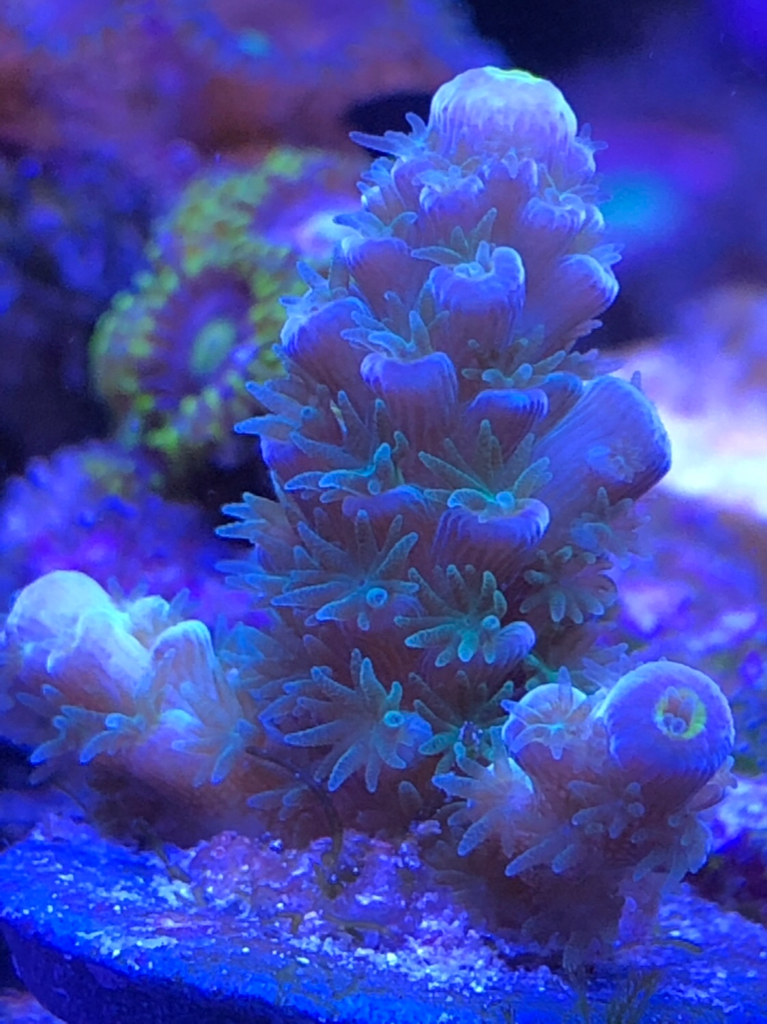- Joined
- Feb 21, 2016
- Messages
- 145
- Reaction score
- 71
I run my ato to a kalk stirrer which almost meets my tanks needs. The alk is a bit low, around 7 dKh. I want the alk closer to 9 dKh.
Can I auto dose alk via pH readings? Naturally, this would be an average day. I know extremes of gas exchange can effect what I’d be looking to do.
Thanks!
Can I auto dose alk via pH readings? Naturally, this would be an average day. I know extremes of gas exchange can effect what I’d be looking to do.
Thanks!

















